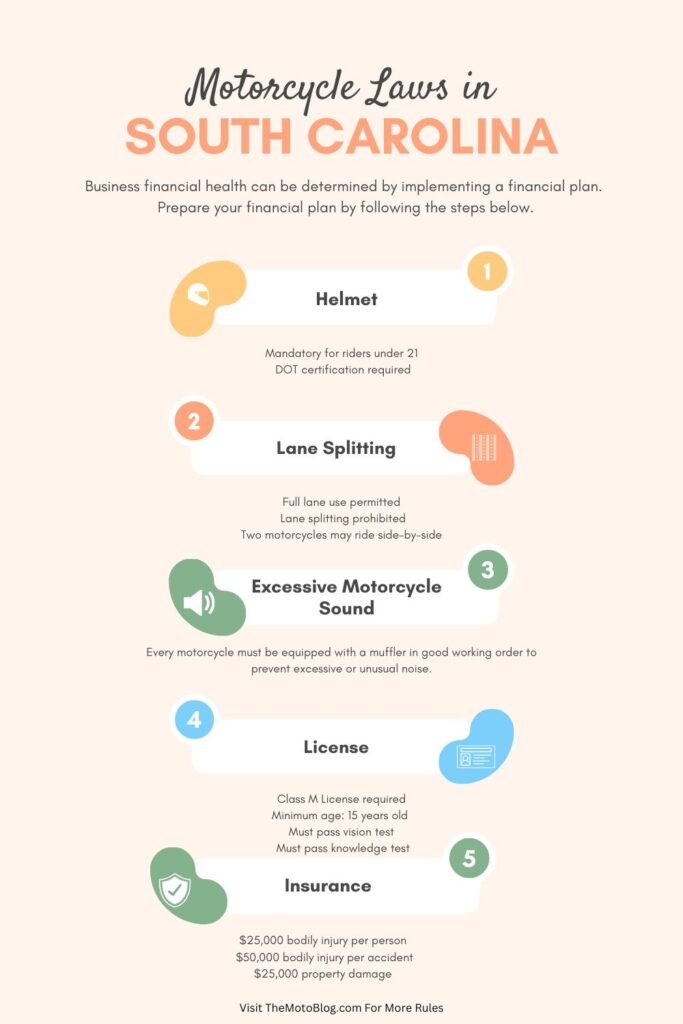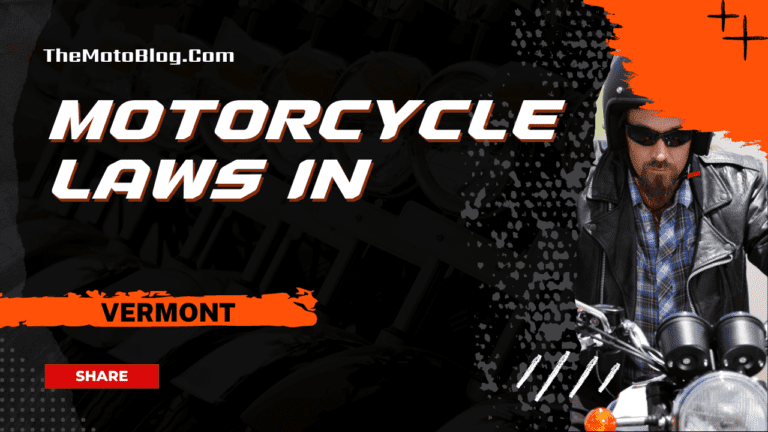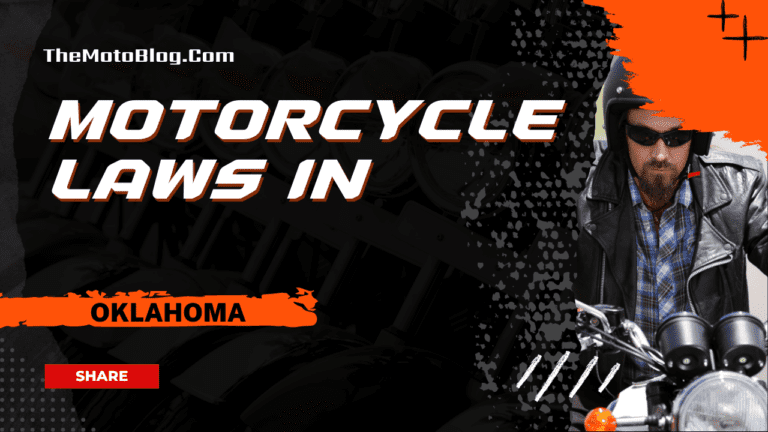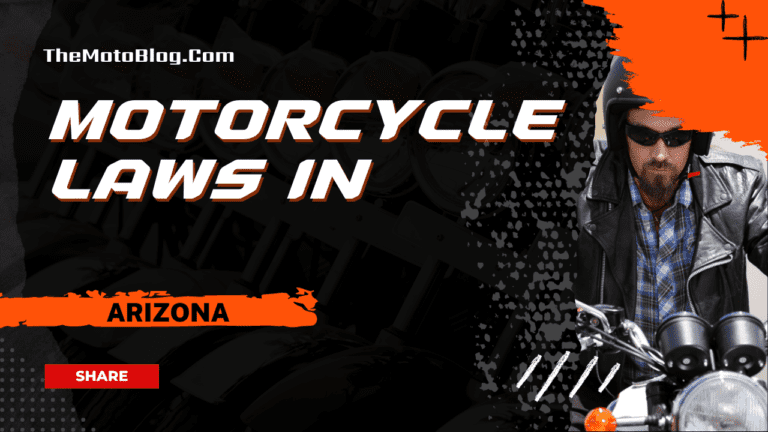Motorcycle Laws in South Carolina: An In-Depth and Current Overview
The Palmetto State stands as a motorcyclist’s paradise, strategically positioned between Georgia’s rolling landscapes and North Carolina’s majestic mountain roads. South Carolina’s diverse terrain offers riders an extraordinary blend of experiences, from the misty peaks of the Blue Ridge Mountains to the sun-drenched coastal highways along the Atlantic.
While Tennessee riders enjoy the Appalachian curves to the northwest, South Carolina presents its own unique motorcycling canvas. The state’s varying landscape creates distinct riding zones: the Upstate region with its challenging mountain switchbacks, the Midlands’ historic routes through pine forests, and the Lowcountry’s scenic coastal byways lined with ancient oak trees draped in Spanish moss.
To ensure safe and enjoyable rides through these diverse territories, South Carolina maintains a comprehensive set of motorcycle laws and regulations. These guidelines are designed to protect both riders and the general public while preserving the freedom that makes motorcycling such a beloved activity. From licensing requirements to safety equipment specifications, these regulations reflect the state’s commitment to responsible riding practices.
For riders crossing state lines, understanding the nuances between different state regulations is crucial. While Georgia’s motorcycle regulations and North Carolina’s riding rules share some common ground with South Carolina’s framework, each state maintains its own specific requirements and restrictions. This guide aims to provide a clear, comprehensive overview of South Carolina’s motorcycle laws, ensuring riders can focus on enjoying the state’s scenic beauty while staying compliant with local regulations.

| Category and Requirements | Details |
|---|---|
| Licensing Requirements | • Class M License required • Minimum age: 15 years old • Must pass vision test • Must pass knowledge test • Must pass road skills test |
| Required Documentation | • Birth certificate • Social Security card • Proof of residency • Insurance information |
| Instructional Permit (MP) | • Must be 16+ years old • Valid for 6 months • Daylight hours only • No passengers • No limited access roadways |
| Helmet Laws | • Mandatory for riders under 21 • DOT certification required • Must have chin strap • Must have reflective material |
| Eye Protection | • Required for riders under 21 • Windscreen can substitute • Must meet DOT standards |
| Lane Usage Rules | • Full lane use permitted • Lane splitting prohibited • Two motorcycles may ride side-by-side • Must use both handlebars • Must ride facing forward |
| Required Equipment | • Headlight (500ft visibility) • Red rear light/reflector • Rearview mirror • Footrests • Stop lamp (brake light) |
| Insurance Coverage | • $25,000 bodily injury per person • $50,000 bodily injury per accident • $25,000 property damage |
| Passenger Rules | • Motorcycle must be designed for passengers • Proper seating required • Passenger footrests required • Helmets required for passengers under 21 |
| Registration Requirements | • Rear license plate required • Horizontal mounting (or 12″ min height) • Proof of insurance required • SCDMV registration mandatory |
| Traffic Rules | • No sidewalk riding • Must obey all traffic signs • Two motorcycles max side-by-side • No holding intersections for groups |
| Points System | • Points halved after one year • License suspension at 12 points • Defensive driving course option |
| Excessive Motorcycle Sound Rules | • every motorcycle must be equipped with a muffler in good working order to prevent excessive or unusual noise. •The state enforces noise ordinances that prohibit excessive revving and acceleration |
| Law Enforcement Exemptions | • Officers exempt from lane splitting during official duties |
Licensing Requirements
To legally operate a motorcycle in South Carolina, riders must obtain a Class M License. The state implements a graduated licensing system starting at age 15, with specific requirements for vision testing, knowledge assessment, and practical road skills evaluation.
Safety Equipment Regulations
Safety equipment requirements in South Carolina focus primarily on protecting younger riders. While riders under 21 must wear DOT-certified helmets with chin straps and reflective material, all riders must ensure their motorcycles are equipped with proper lighting and mirrors.
Operating Guidelines
South Carolina’s motorcycle operating rules emphasize safe riding practices. Motorcyclists are entitled to full lane usage, though lane splitting is strictly prohibited. The state allows two motorcycles to ride side-by-side in the same lane, promoting group riding safety while maintaining traffic flow.
Insurance and Registration
Motorcycle insurance in South Carolina follows a straightforward structure with minimum coverage requirements of:
- $25,000 for bodily injury per person
- $50,000 for bodily injury per accident
- $25,000 for property damage
Vehicle Requirements
All motorcycles must meet specific equipment standards, including:
- Functional headlight visible for 500 feet
- Red rear light/reflector
- Operational brake light
- Rearview mirror
- Rider and passenger footrests
Traffic Rules and Enforcement
South Carolina maintains strict enforcement of motorcycle traffic laws. Riders must adhere to all traffic signs and signals, with specific regulations governing group rides and intersection management. The point system for violations helps maintain road safety through graduated penalties and rehabilitation opportunities.
South Carolina’s motorcycle laws and regulations strike a balance between rider freedom and public safety, creating an inviting environment for both local and visiting motorcyclists. The state’s position makes it an ideal gateway for exploring neighboring regions, from the coastal routes of Virginia to the scenic highways of Florida. Whether you’re planning a cross-state adventure or exploring local routes, understanding these regulations ensures a safe and legal riding experience across state lines. For riders venturing into neighboring territories, each state offers its own unique combination of scenic routes and regulatory frameworks, with Georgia’s motorcycle laws and North Carolina’s riding regulations complementing South Carolina’s guidelines to create a comprehensive riding experience in the Southeast.
Motorcycle Laws in the US By States
If you liked this article, then please subscribe to our YouTube Channel for more Bike Videos. You can also find us on Instagram, Twitter and Facebook.
Disclosure: As an Amazon Associate, I earn from qualifying purchases. Read more about Amazon Affiliate Disclaimer.

Vishwanath Mathpati
I am Vishwanath Mathpati, a full-time Blogger and Motorcyclist from Bidar, Karnataka. I love writing about my Motorcycles Stories and Riding Gears on this blog.
Know More About Me.







